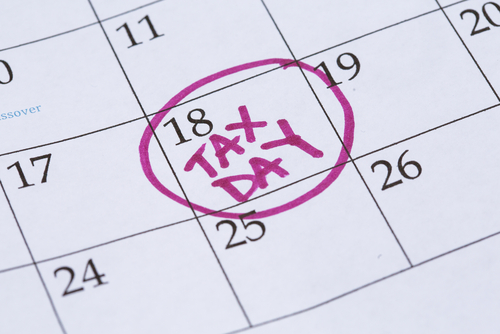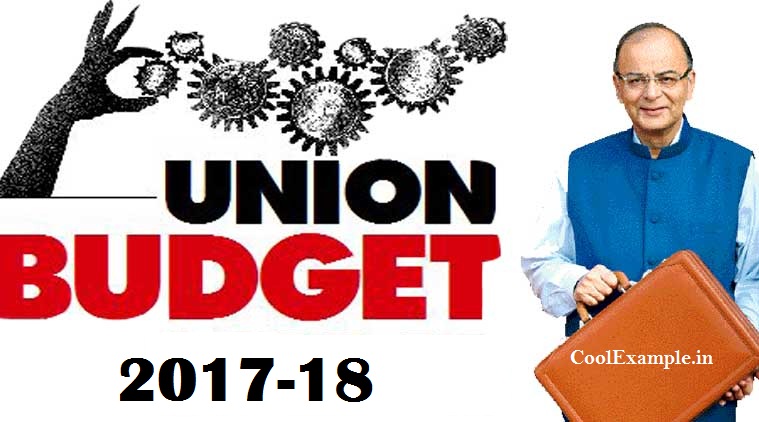Service Tax Return FY 2016-17 – Key Changes and Amendments

Changes to Service Tax Return
Service Tax Return FY 2016-17- Key Changes and Amendments
As per Section 70(1), every assessee who is liable to pay service tax shall file Service Tax Return to the Superintendent of Central Excise in the manner and frequency prescribed in Rule 7 of Service Tax Rules, 1994.
Rule 7
| Form of Return | ST-3 |
| Periodicity of Filing | Half yearly |
| Due date | 25th of the following months:
i.e. for April to September – 25th October for October to March – 25Th April |
When the due date happens to be a public holiday then:
As per the master circular dated 23-08-2007, only in case of genuine hardship, return may be filed on immediate next working day of the due date otherwise assesses are advised to plan in such a manner that return is filed before the due date instead of waiting for the due date.
Amendment Relevant under Finance Act, 1994 for levy of service tax and filing of service tax return for the financial Year 2016-2017:
- Krishi Kalyan Cess (KKC)
- Government Services under Reverse Charge Mechanism (RCM)
- Cenvat Credit Rules
- Interest on Late Payment of service tax
- Form ST-3 Amendments
Krishi Kalyan Cess
- Krishi Kalyan Cess was levied on all taxable services and will be 0.5% of the taxable value of services in addition to the existing rate and cess w.e.f. 01-06-2016. The total service tax chargeable is 15% of the services. In case of RCM also, Krishi Kalyan Cess (KKC) has to be remitted by the service receiver.
- Cenvat Credit of KKC paid on input services shall be allowed for the payment of KKC liability on output services provided by service provider. Credit of KKC is only allowed to service provider and not to manufacturers.

Below is the list of G.A.R 7 Challan Head for payment of KKC:
| KKC (Minor Head) | Tax Collection | Other Receipts
(Interest) |
Deduct Refunds | Penalties |
| 0044-00-507 | 00441509 | 00441510 | 00441511 | 00441512 |
Point of Taxation (POT) for KKC Rule 5 of POT rules shall apply for determining the point of taxation for new levy of tax and KKC is a new levy.
Point of Taxation can be determined by the following table:
| Services completed on or before 31.05.2016 | ||
| Date of Invoice | Date of Payment | Levy of KKC |
| On or Before 31.05.2016 | On or Before 31.05.2016 | NO |
| On or Before 31.05.2016 | After 31.05.2016 | NO |
| After 31.05.2016 | On or Before 31.05.2016 | NO |
| After 31.05.2016 | After 31.05.2016 | YES |
| Services completed on or before 01.06.2016 | ||
| Date of Invoice | Date of Payment | Levy of KKC |
| On or Before 31.05.2016 | On or Before 31.05.2016 | NO |
| On or Before 31.05.2016 | After 31.05.2016 | YES |
| After 31.05.2016 | On or Before 31.05.2016 | YES |
| After 31.05.2016 | After 31.05.2016 | YES |
If invoice is not issued within 14 days of completion of service then for the purpose of POT rules, date of completion of service shall be taken instead of Invoice date.
Under RCM, as per POT Rule 7 which deals with RCM taxability, POT will be – If the payment is made within 3 months of the date of invoice, then date of payment otherwise immediately next day after completion of 3 months.
For KKC, if the invoice is dated before 01.06.2016 then service receiver is not required to remit KKC even though payment is made after 01.06.2016.
Government Services under Reverse Charge Mechanism (RCM)
From 01.06.2016, “all services” provided by Government or a Local Authority are subject to service tax under Reverse Charge Mechanism, before the amendment only “support services” provided by Government or a Local Authority are covered by RCM.
Highlights of Circular
After payment to Government or a local Authority, following are not chargeable to service tax:
- Taxes, cesses or duties paid
- Fines and penalties levied for violation of any statue or violation of any contract with them
- Issuance of birth certificate, driving license, passport, visa or death certificate registration required under any law
- Certifications, safety checks, testing, calibration done by them
- Other services provided by them for payment of fees except
- where gross amount charged for such service exceeds Rs 5000
- in case of continuous services, where the gross amount of payment exceeds Rs 5000 in a financial year e.g. fee paid for ROC registration if exceeds Rs 5000 in a financial year then it will be chargeable to service tax
CENVAT CREDIT
Cenvat is allowed if such payment made by service receiver comes under the definition of ‘Input Services’ and not covered by exclusion part of the definition. Although challan of payment is required to claim the credit of Service tax paid.
Cenvat Credit Rules
Amendment under Cenvat Credit Rules, 2004 vide Notification no. 13/2016 dated 01.03.2016 is effective from 01.04.2016
| Input Exclusively used for Exempted Services | No Credit of Inputs |
| Input Exclusively used for Taxable Services | Full Credit of Inputs |
| Input used for both Exempted and Taxable Services | Apportioned as per method prescribed u/s 6 (3A) |
As per the new amendment, Input Service Distributor (ISD) can also distribute cenvat credit on Inputs to its Outsourced Manufacturing unit on pro rata basis on turnover but only after 01.04.2016 subject to following conditions:
| Credit of input that is attributable to a specific unit shall be attributed to that only. |
| Credit of input that is attributable to more than one unit but not all shall be attributed to those units only. |
| Credit of input that is not attributable to a specific unit shall be attributed to all units on the basis of their Turnover. |
Interest on late Payment of Service Tax (Provisions of Finance bill 2016 shall be applicable w.e.f 14th May, 2016)
Earlier Provisions for Interest
- For first 6 months, Interest rate is 18% per annum
- For next 6 months, Interest rate is 24% per annum
- And after that rate is 30% per annum
New Provision w.e.f. 14th May 2016
- Interest rate is 24% per annum (For Service Tax Collected but not deposited to Central Government)
- In other cases, Interest rate is 15% p.a. (E.g. Service Receiver under RCM)
This circular aims at offering a simple brief understanding of the provisions of the Act, notification and circulars – for complete details, please refer the original document.


 5 Tax Saving Tips for Startups
5 Tax Saving Tips for Startups  Analysis and Highlights of Finance Budget 2017 – Part 2
Analysis and Highlights of Finance Budget 2017 – Part 2  AS9 (Accounting Standard 9) Simplified Short notes- Revenue Recognition
AS9 (Accounting Standard 9) Simplified Short notes- Revenue Recognition  Mere announcement of a concession does not allow relief if it is not stated in the Finance Act
Mere announcement of a concession does not allow relief if it is not stated in the Finance Act  ITAT Amritsar: No Section 269SS Violation for One-Time Cash Payment Before Sub-Registrar
ITAT Amritsar: No Section 269SS Violation for One-Time Cash Payment Before Sub-Registrar  Tax Officials Unleash Digital Dragnet: How New Raid Powers Redefine Privacy, Property Rights in India and likely to Fuel Corruption
Tax Officials Unleash Digital Dragnet: How New Raid Powers Redefine Privacy, Property Rights in India and likely to Fuel Corruption  Income Tax Department Rewards for Reporting Tax Evasion: A Comprehensive Guide
Income Tax Department Rewards for Reporting Tax Evasion: A Comprehensive Guide  Forfeiture of Gratuity by Employer- What are the Remedies for an employee- Can employer be challenged?
Forfeiture of Gratuity by Employer- What are the Remedies for an employee- Can employer be challenged?